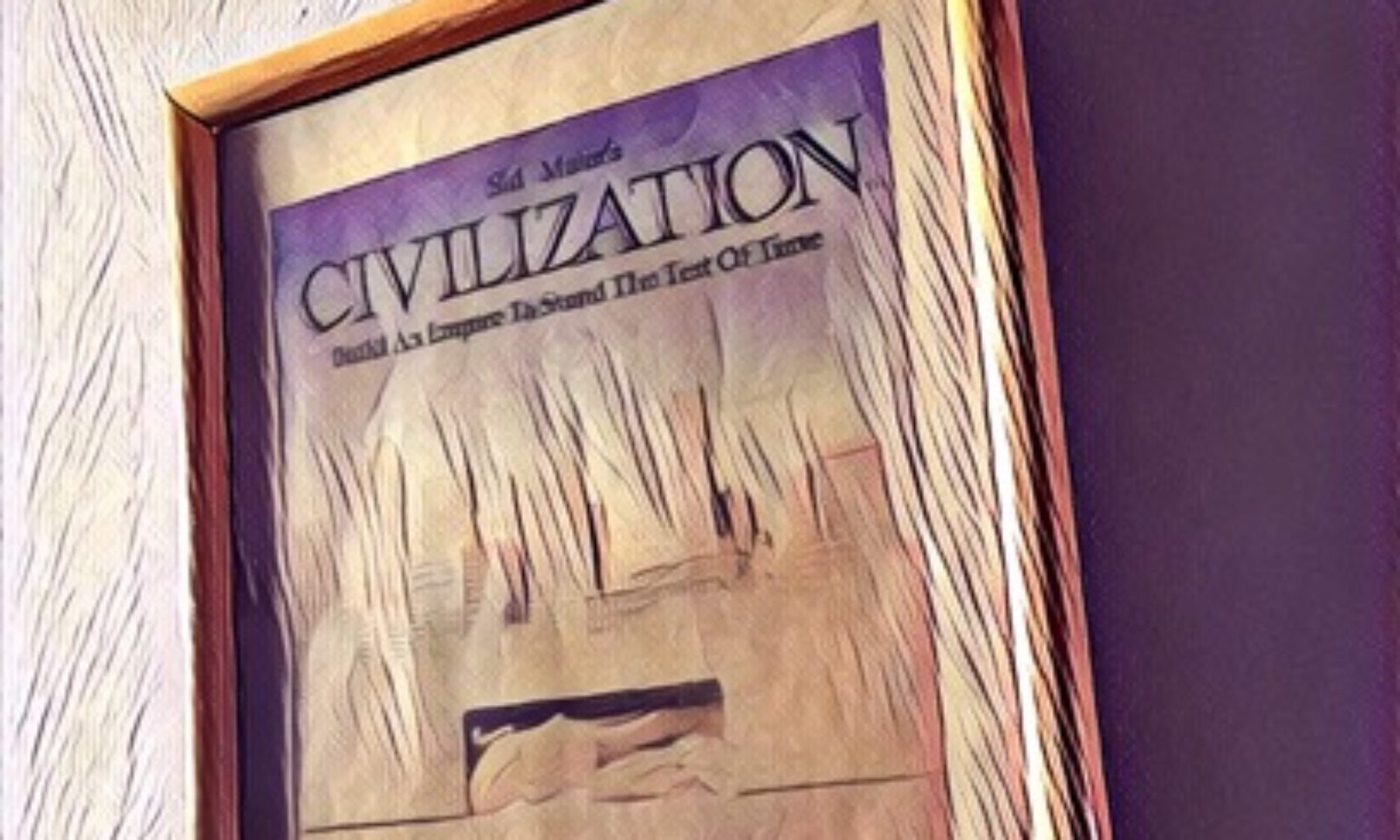I finally had a chance to enjoy the latest major strides taken in the field of visual effects, J. J. Abrams’s latest entry in his alternate universe Star Trek ouevre, Into Darkness. Industrial Light and Magic had once again been tasked with rendering the Final Frontier.
To justly rate the stupenduous effort, one must look no further than the opening moments.
Audiences literally drop out of the sky in the thick of actions as two characters are bumbling about in a mad dash to a rendezvous point. Their frenzied progress is startlingly shortstopped by an indigenous humanoid behemoth of sizeable musculature, rough, grey complexion and predatory limbs. No more than two seconds pass before the alien giant – in all his multi-layered, 4K-rendered and fetchingly detailed 3D glory – is dropped by one of the escapees to clear the route. This was the moment of visual effect grandeur.
The late Roger Ebert put in his 1983 critique of Return of the Jedi, which he liked a great deal, that “[t]he camera in “Jedi” slides casually past forms of life that would provide the centerpiece for lesser movies”. Abrams’s point exactly: every element is assiduously chisselled to perfection – as it must be – and put to use as required by the plot at hand, not the narcissm of technology that depletes dramatic purpose by needlessly assaulting the senses when narrative progression is in order. The opening of Into Darkness proceeds with utter confidence.
![]()
The conspicuously effortless craftiness of Industrial Light and Magic’s work is stunning. As no heights in computer generated beauty are ever lingered upon, the action seemingly is captured in-camera, capably registered by the d.p. on set and not renderfarms.
Star Trek Into Darkness is a great cinematic success, a marvellous yardstick for the rapidly organic and seamless blending of synthetic worlds with the lense’s perceived reality.

